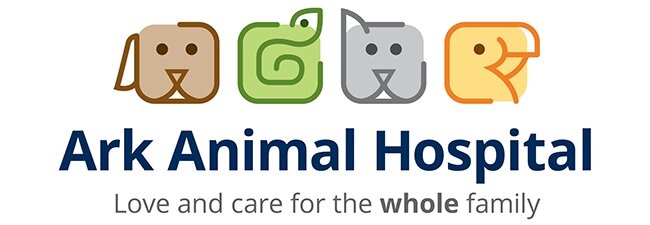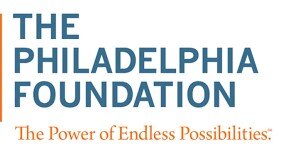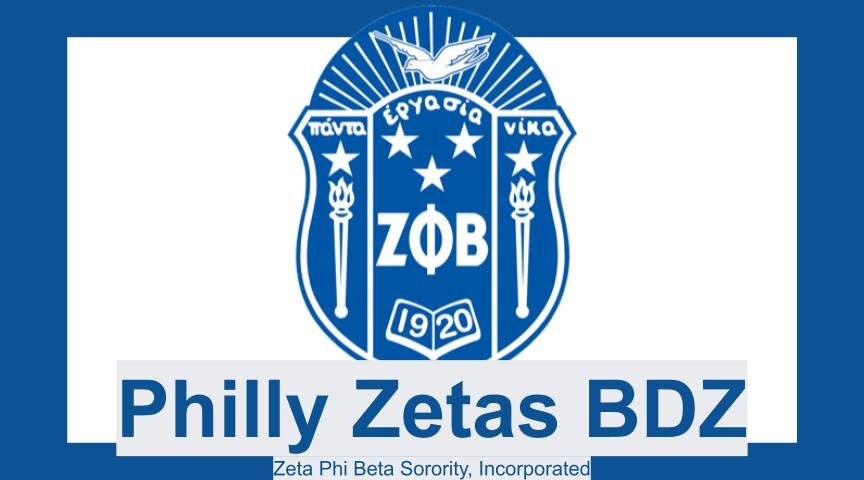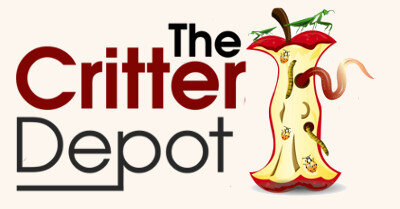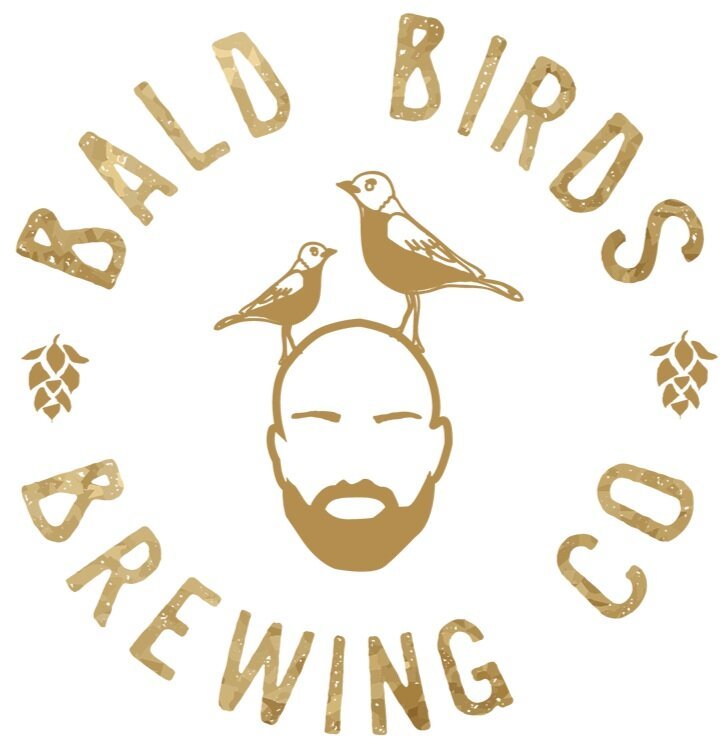Last week, woodchucks began to emerge from hibernation.
Spotted Lanternfly Tape Harms Wildlife
Red-bellied Woodpecker
Lanternfly tape has a devastating affect on wildlife (birds, bats, flying squirrels, etc.). If you find an animal on tape, do not attempt to remove it. Cut the tape from the tree and apply paper towel to the rest of the exposed tape so the animal does not get further attached. Place the animal, tape, and all in a cardboard box and bring it to us.
If you insist on using sticky tape, wrap it with hardware cloth to prevent harming other wildlife. See our feature on primetime news about lanternflies and wildlife (below) and a video we created about our solution (bottom).
Pop quiz, hotshot
Can you identify our patient by its x-ray? Hint: not ET
Stay tuned for the answer
Adventures at the IAATE 2019 Conference
By Jackie Kent, Director of Education
In 1998 Walter Crawford, wildlife rehabilitator and the founder of the Wild Bird Sanctuary, was asked in an interview if education programming was an important focus for him, and his response resonated with me:
“With rehabilitation, we do this as a way to offset the damage humans have done, our ignorance and our arrogance. When we look at what has an impact, it has to be education. You can’t solve the problem until you get to the root of it.“
I’m mentioning Mr. Crawford here because it was a memorial scholarship set up in his memory that allowed me the once-in-a-lifetime experience of attending the 2019 International Association of Avian Trainers and Educators (IAATE) annual conference in Orlando, FL. The four-day conference was a chance to learn so many things that we will implement at Philadelphia Metro Wildlife Center.
It was an honor to be able to attend alongside other great organizations, especially those from right here in Pennsylvania: The Philadelphia Zoo, Elmwood Park Zoo, Hawk Mountain, and Shaver’s Creek Environmental Center.
The presentations were mainly about training and husbandry as it relates to birds, but the principles can be applied to all of our education ambassadors to enhance their quality of life. Presenters were able to show us their training successes that incorporated a number of positive reinforcement strategies. We even got to take a field trip to Natural Encounters Inc Ranch to see where they train birds for many of the Disney programs!
Pied crow at NEI Ranch
Our education program is small in comparison to some of these larger organizations, but the motivations are the same: we all want what is best for the animals in our care, and we strive to keep up with the best practices within our line of work. What does this mean for PMWC’s permanent residents? Not only does it mean that we’re going to teach all of our old birds new “tricks”, it also means that we will build out all new enclosures for them to enhance their lives even more!
As we work to move our organization to a larger facility, we will rely on the continued support from our donors to create the BEST spaces for our wild ambassadors! We are able to thrive because of public support so please help us fulfill our mission by visiting our donate page!
If your school or organization would like a visit from our Wild Animal Ambassador Team, visit our education page or email Jackie@phillywildlife.org for more information!
And now...pictures of cool birds that live at the Natural Encounters Inc Ranch:
NEI Ranch Hornbill
NEI Ranch King vulture
NEI Ranch Military Macaw
NEI Ranch Tawny eagle
And, perhaps the best birds, the common pool duck
Wild for Education
By Jackie Kent, Director of Education
It all started with a black vulture.
A few years ago, I was new to Philadelphia and while attending an event with my family I saw Philly Metro’s executive director, Rick Schubert, giving a wildlife presentation. He was talking about some of Pennsylvania’s wonderful wild species and he was holding a bird I had never seen that close before– a black vulture. I thought to myself, “This. This is what I want to do.”
I immediately signed up to volunteer with Rick and Michele so I could learn all that I could about wildlife rehab and the animals that I saw that day. Cut to four years (and hundreds of hours of work) later, I am a licensed wildlife rehabilitator and the director of education at Philadelphia Metro Wildlife Center...and now I get to bring wild animals to the public!
In addition to healing animals and returning them to the wild, a big part of PMWC’s mission involves public education. Through each phone call we answer, each intake we process through our front door, each social media post we write, and each wildlife program we deliver, we have an opportunity to engage the public regarding our local species and how to live peacefully amongst them.
One of the coolest parts of my job involves taking our wild animal “ambassadors” out on outreach programs. Wildlife rehabilitation centers hold special permits in order to be able to keep a small number of animals to use as education ambassadors to take on programs, or to use as surrogates (substitute parents for our orphan babies).
Going out on programs represents a small portion of our ambassadors’ time, so we take great care to ensure that they are fed a proper diet that meets the needs of their species in captivity, get plenty of exercise, and are provided with other forms of enrichment such as interesting foods, different perches or habitats, and sometimes even toys (hey, our animals like to play, too!).
I’d like to introduce you to our newest ambassador, a Virginia opossum named Sid!
Sid out for one of his walks- it’s important for him to get “outside time”– it’s good enrichment, exercise, and gets him his vitamin D to maintain healthy bones!)
Sid came to us as a patient after being caught by a dog. While he survived his initial injuries, it became clear that he would not be suited for re-release back into the wild with his lingering ailments. We don’t make just any patient that can’t be released into an ambassador, it’s a huge commitment and we carefully consider each animal that we keep permanently, and we purposefully only have a very small number of ambassadors.
Sid had a very good disposition, and we were happy to have him live with us! He has quickly become a favorite of staff, volunteers, and audiences alike!
Sid and volunteers enjoying some “down time” during a break)
This winter, we’d like to build Sid a bigger enclosure– one that he can explore and run around in when he is up at night! If you’d like to donate to Sid’s new digs, please visit our donate page here (https://www.phillywildlife.org/take-action/).
Also, if your organization would like a visit from Sid and our other ambassadors, please visit our education page (https://www.phillywildlife.org/education-programs/) for details!













